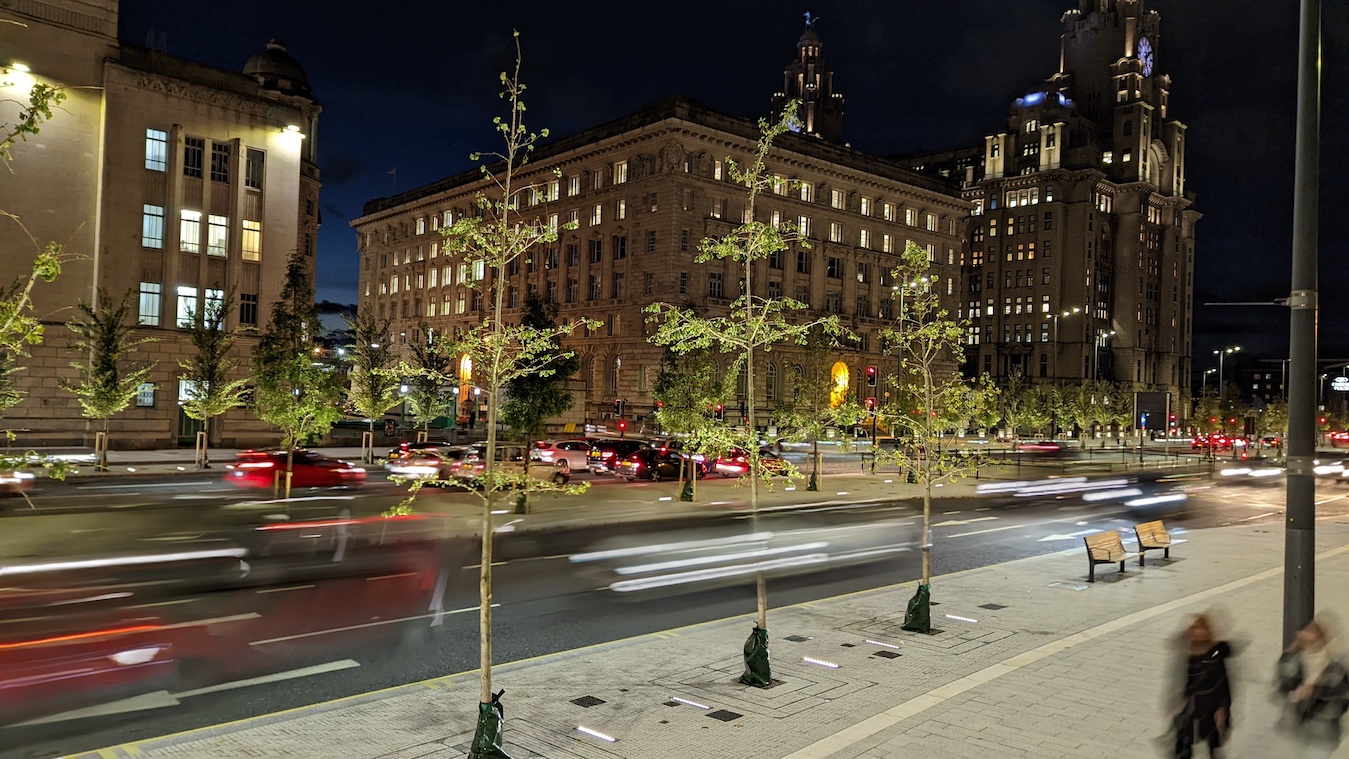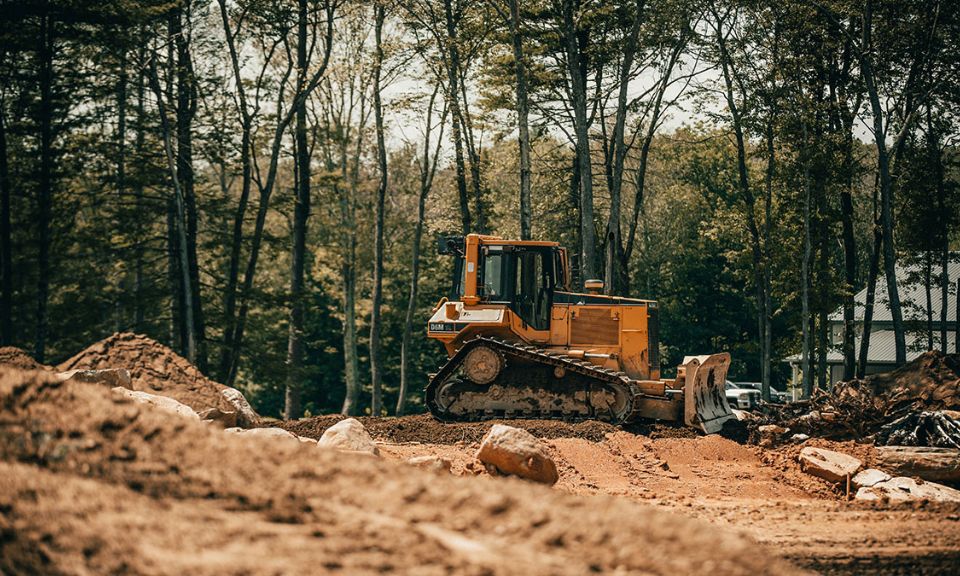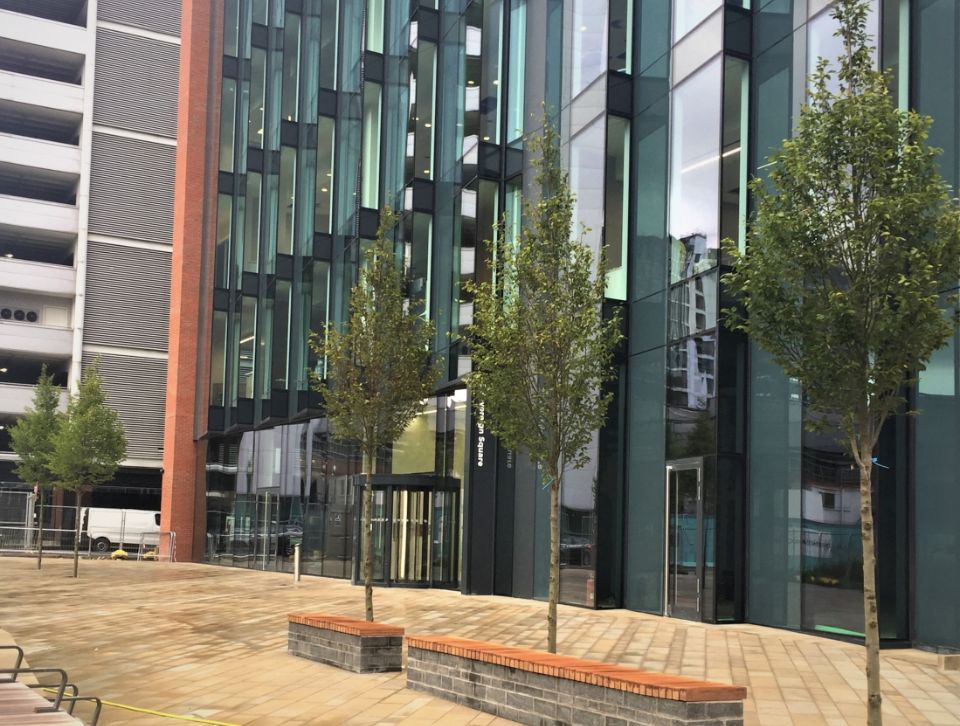Root-Friendly
Open Interior: completely open design is ideal for the vertical and horizontal spread of roots and water.
From April 2020, water and sewerage companies operating in England have begun to offer the adoption of surface water sewers, including certain SuDS features. This is put forward and agreed within the new ‘Design and Construction Guidance’ (DCG).
This is a step change from the previous regulations ‘Sewers for Adoption 7’ in which mostly belowground pipe and tanked sewer systems were previously adopted by water companies. Recent changes in guidance and approaches in how we look to manage surface water now look towards the four pillars of SuDS aiming to manage and improve: water quality; water quantity; amenity and biodiversity (The SuDS Manual C753, CIRIA). Obviously, below ground pipe and tank systems offer little benefit in improving and offering amenity and biodiversity, so a new approach to the guidance was developed in the DCG.
The DCG is the next iteration of the ‘Sewers for Adoption’ guidance to meet current best practice for the management of foul and surface water. The DCG is for “use by developers when planning, designing and constructing foul and surface water drainage systems intended for adoption under an agreement made in accordance with Section 104 of the Water Industry Act 1991”. The guidance is, SuDS features within England are potentially adoptable under the DCG if the component:
a) is constructed for the drainage of buildings and yards appurtenant to buildings;
b) it has a channel (a depression between banks or ridges with a definite boundary);
c) it conveys and returns flows to a sewer or to a surface water body or to groundwater; and
d) it has an effective point of discharge, which must have lawful authority to discharge into a watercourse or other water body or onto or into land. As with conventional piped systems, this right to discharge must be secured by the developer and transferred to the sewerage company on adoption.
The DeepRoot Silva Cell is a patented, modular, suspended pavement system that integrates water, soil and tree roots and delivers on-site stormwater management through bioretention. DeepRoot’s Silva Cell system can be designed for surface water management by constructing a bioretention system within the Silva Cell modules. A typical bioretention system consists of:
· A ponding layer to store surface water runoff prior to treatment through the treatment media
· Treatment media which filters the surface water and removes solids, organic and non-organic particles
· Aggregate storage to convey the treated flow to the outlet or stored before infiltration to the surrounding soil
· An overflow structure to prevent surface flooding during exceedance conditions





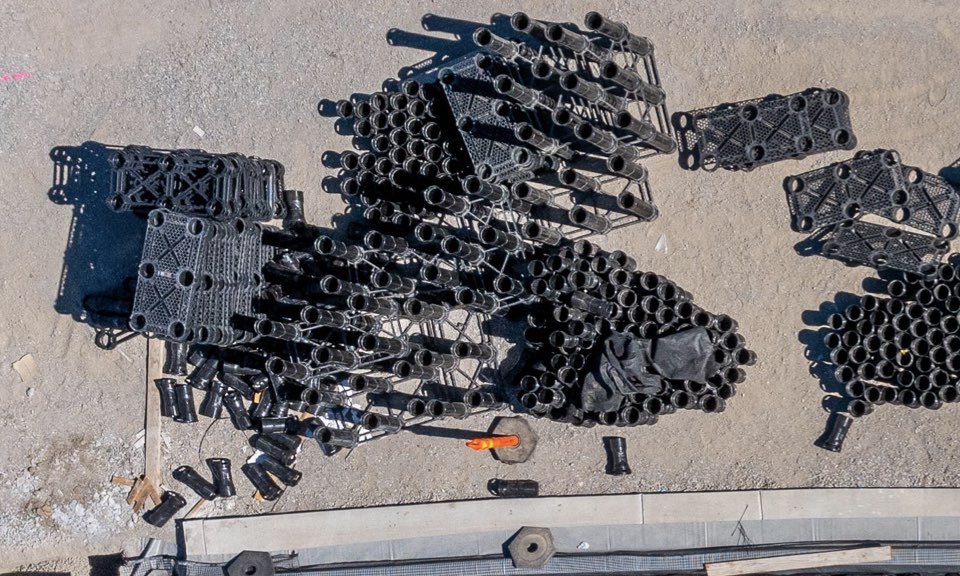
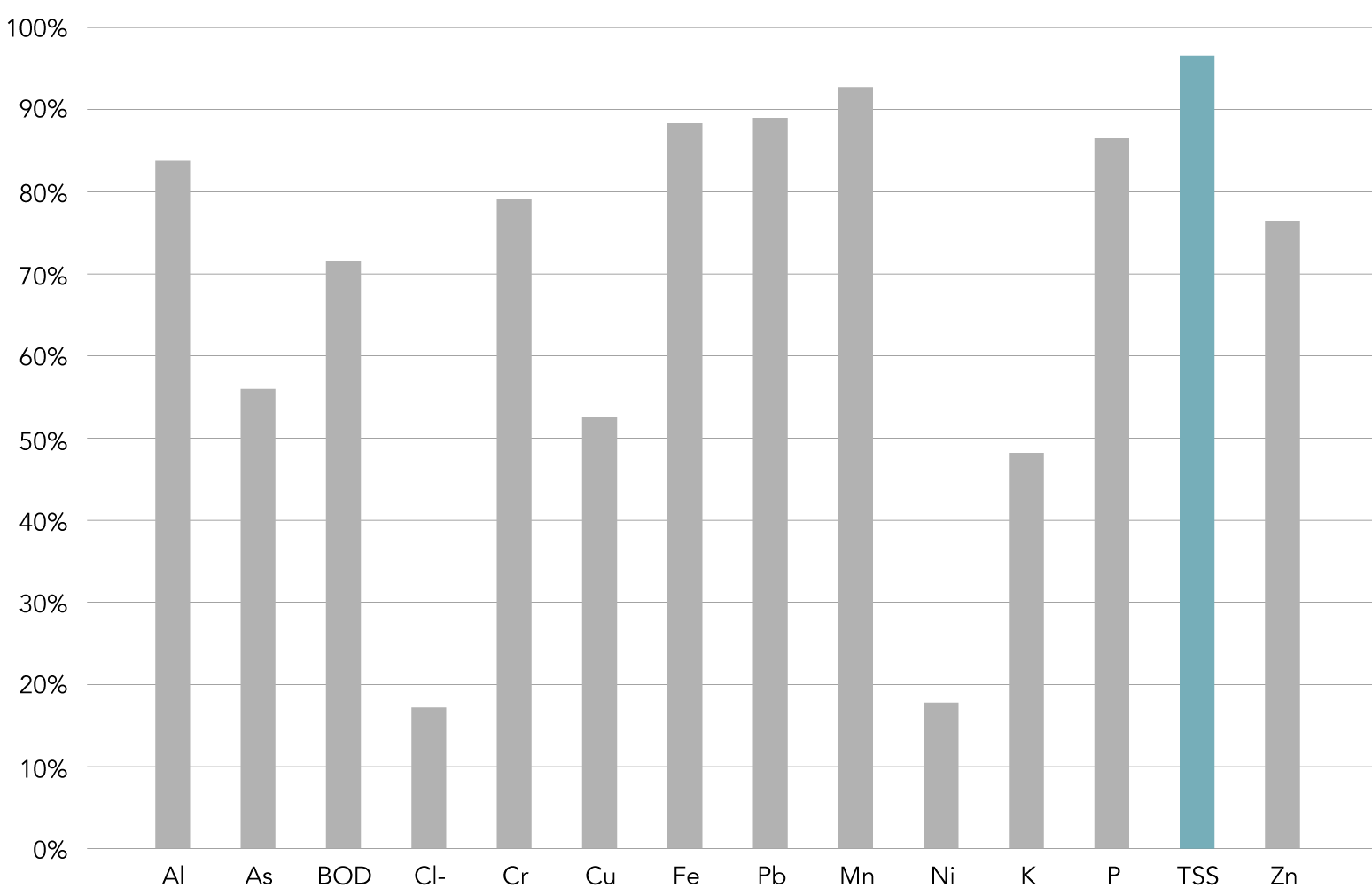
Unlike some bioretention systems, which leach nutrients and negatively impact receiving water bodies, DeepRoot Silva Cell systems also provide nutrient removal. Additional low-impact development benefits of the system include:
– Water quality
– Peak overflow reduction
– Low/no maintenance
– May use any type of soil
– Efficient use of space
DeepRoot Silva Cells can be used on almost any type of site, including:
– Streets
– Plazas
– Parking areas
– Green roofs/on-structure
– “Break-out” zones.
Open Interior: completely open design is ideal for the vertical and horizontal spread of roots and water.


1X |
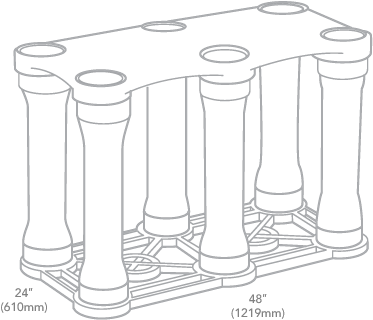
2X |
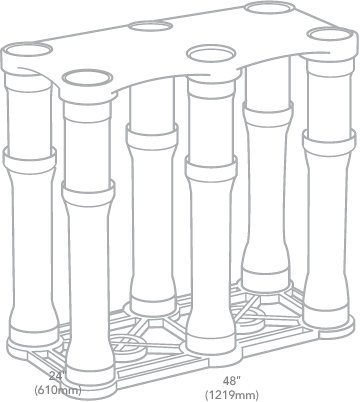
3X |
PATENT PROTECTED
The Silva Cell is covered by one or more of the following patents (other patents pending):
United States: 7,080,480 | 8,065,831 | 9,085,886 | 9,085,887 | 9,775,303 | 10,285,339
Canada: 2,552,348 | 2,662,129 | 2,829,599 | 2,976,915
United Kingdom/Europe: EP 2059114
